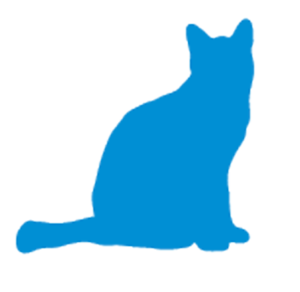Difference between revisions of "Feline Compulsive Disorders"
Jump to navigation
Jump to search
| (9 intermediate revisions by 3 users not shown) | |||
| Line 2: | Line 2: | ||
|title = Feline Compulsive Disorders | |title = Feline Compulsive Disorders | ||
|categories =[[Feline Problem Behaviour]] | |categories =[[Feline Problem Behaviour]] | ||
| − | |text = | + | |text = Feline compulsive behaviours are generally associated with '''repetitious''' or '''exaggerated self-maintenance behaviour''' such as grooming, sucking or self-mutilation. The character of the more commonly presented feline compulsive disorders appears slightly different from those in the dog and reflects the way in which the underlying motivation of arousal and anxiety reduction thought to be common in all compulsion, is expressed in behaviour that is specific to the species or breed. Apart from these common compulsive disorders, cats may develop compulsive behaviour that originates in a range of other activities. For example, light spot or shadow chasing, psychogenic polydipsia or polyphagia. |
|content = | |content = | ||
:[[Feline Compulsive Disorders - Overview|Overview of Feline Compulsive Disorders]] | :[[Feline Compulsive Disorders - Overview|Overview of Feline Compulsive Disorders]] | ||
| Line 11: | Line 11: | ||
|resources = | |resources = | ||
}} | }} | ||
| − | |||
| − | |||
| − | |||
| − | |||
| − | |||
| − | |||
| + | [[Category:To Do - Behaviour BS]] | ||
[[Category:Feline Compulsive Disorders]] | [[Category:Feline Compulsive Disorders]] | ||
[[Category:Feline Problem Behaviour]] | [[Category:Feline Problem Behaviour]] | ||
Revision as of 11:17, 8 April 2014
| ||||||||
| ||||||||
